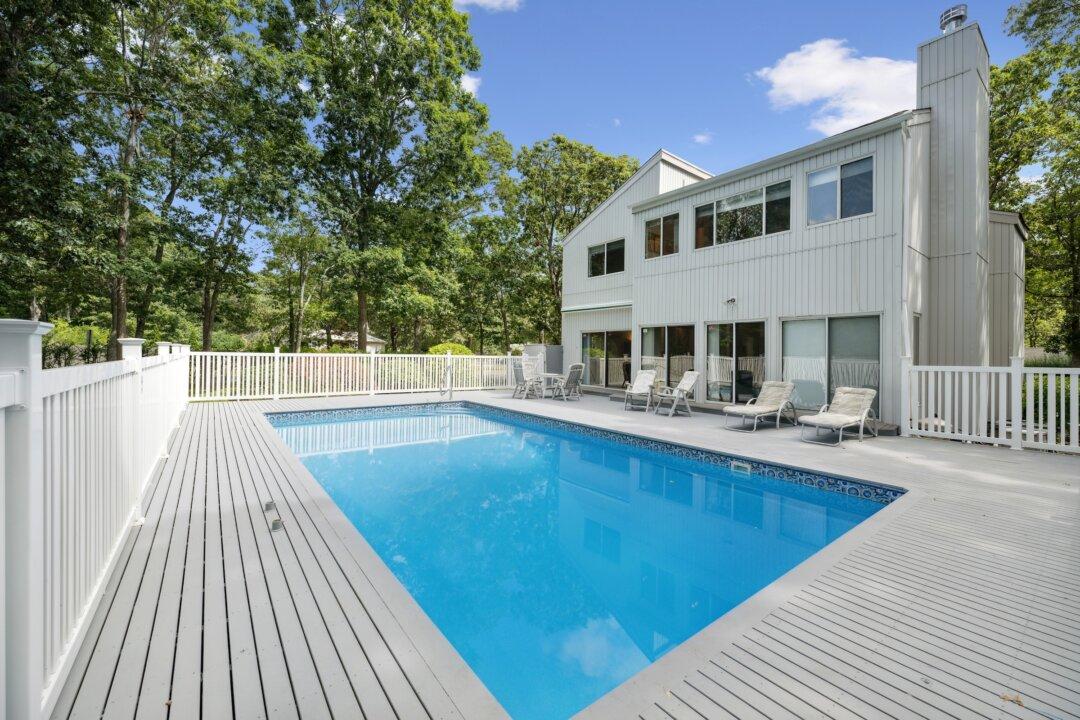For the third straight month, pending U.S. home sales have plunged, the National Association of Realtors (NAR) recently reported. At the end of August, three out of four major regions experienced month-over-month declines in real estate transactions, with only the West seeing a slight gain.
Year-over-year, all four regions indicated double-digit year-over-year decreases.





